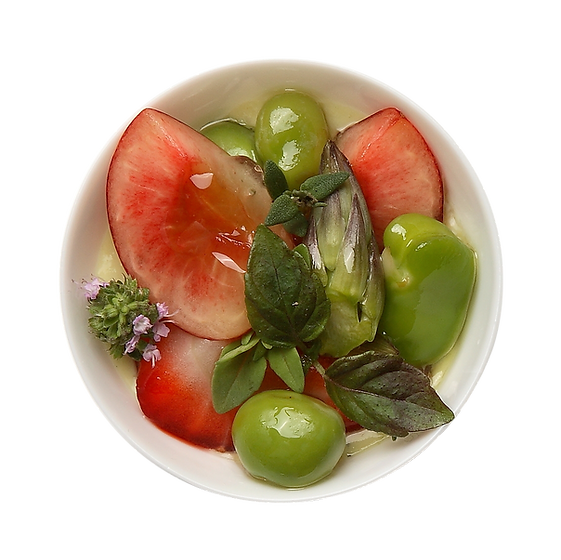
FOOD THERAPY
(SHI LIAO)
You have probably heard of food therapy, and not realized that the Chinese name for this is Shi Liao.
This is actually a part of Traditional Chinese Medicine which Ms. Hou provides in her practice.
Food plays a much larger role in our lives than most of us realize. It does more than just quench hunger, it also has a star role in our overall health condition.
In Traditional Chinese Medicine, or TCM, food therapy is extremely important because it is believed that food has medicinal properties. These foods include various types of meats, fruits, vegetables, dairy, grains, and nuts. Surprisingly, it also includes alcoholic drinks, such as wine or even hard liquor.
Through the practice of TCM, various natural foods or beverages are essentially prescribed for the treatment of specific ailments, or the prevention of specific ailments. Foods can be used to treat or even prevent multiple ailments or health concerns at the same time in many cases. Different foods have different ‘heats’ as well, such as cool, warm, or neutral. Sometimes, it is determined that a meridian is cool, which then would call for a food that is considered warm to heat it. If the meridian is wet, it would need a food that is considered dry to dry it. The ‘prescription’ may also include a good mix of herbs, and will usually specify how much of the foods or the food mixtures should be consumed each day, and for how long.
Philosophy about food
The ideas of yin and yang are used in the sphere of food and cooking. Yang foods are believed to increase the body's heat (e.g. raise the metabolism), while Yin foods are believed to decrease the body's heat (e.g. lower the metabolism). As a generalization, Yang foods tend to be dense in food energy especially energy from fat, while Yin foods tend to have high water content. The Chinese ideal is to eat both types of food to keep the body in balance. A person eating too much Yang food might suffer from acne and bad breath while a person eating too much Yin food might be lethargic or anaemic.